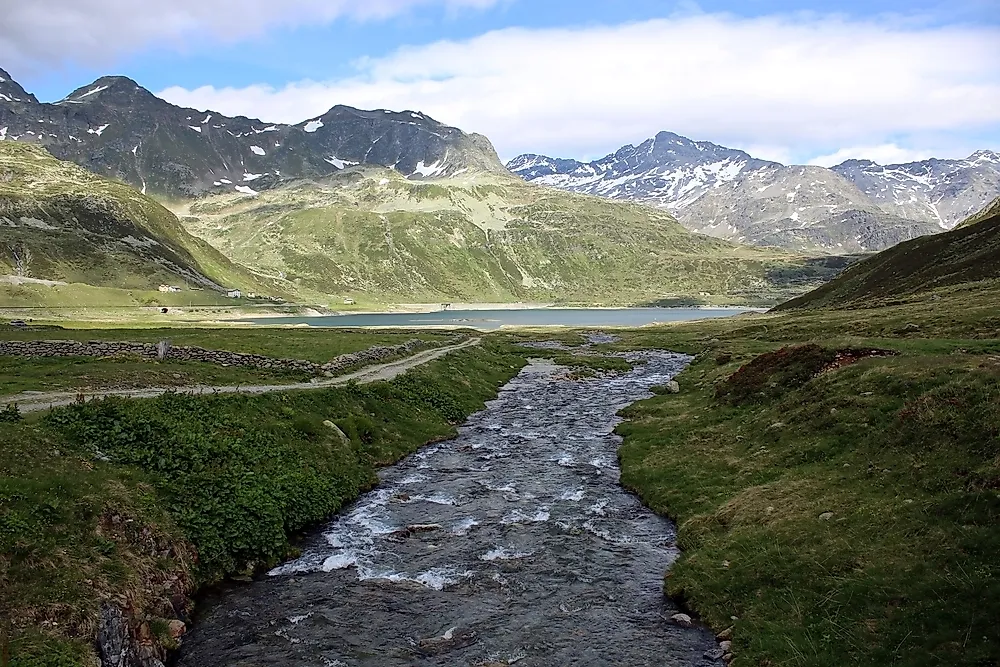What Are The Differences Between A River And A Creek?

While a creek and a river are both water bodies and are nearly identical, there are some differences between the two. Differentiating the two can be a little tricky because both of them serve as habitats for a lot of life as well as aiding in the circulation of water on the surface of the earth. Before analyzing the two, it is crucial to remember that there are no rules officially differentiating them.
Similarities and Differences
A river may be defined as a naturally occurring watercourse that mostly has fresh water, and that eventually deposits its load into oceans, seas or even other rivers. A river can have its source from melting ice or glaciers or even from springs that arise from underground flows. Usually, rivers have their sources located in places of high altitude. Incidentally, these are also the places that are bound to have snow. Water from melted snow is fresh and that is why most rivers possess fresh water.
On the other hand, a creek is a small river or a rivulet. Creeks have all the characteristics that rivers possess with a few differences between the two. A slender channel flanked by islands may also be called a creek. A creek does not usually drift out into a new channel or form a new branch or even have tributaries. A river, on the other hand, is more likely to branch out into different or multiple routes. In addition, it is also more likely to have tributaries that connect. Since a creek can flow under the surface of the earth, it possible for the sea to be the origin of a rivulet. A river is more likely to have its origins from a place with a high altitude which equates to rivers mostly having fresh water.
From their definitions, it is possible to discern that a river is larger and deeper compared to the miniature creek. While the above reasons can potentially help in differentiating between the two, they are by no means to be used too strictly. It is vital to have flexibility because some creeks are grander than some rivers.
River Valley Civilizations
Rivers provide a lot of advantages to human beings which can help to explain why ancient civilizations decided to set their settlements close to the banks. Soil close to rivers is wet and fertile enough to support farming. Rivers are also sources of food in the form of fish. In addition, rivers were very useful for transportation, as it is possible to transport large objects in a river, whereas large objects are more likely to block or divert a creek.
It is not just ancient civilizations that utilize rivers. Today, watercourses are actively harnessed to produce hydroelectric power crucial to the economy.











